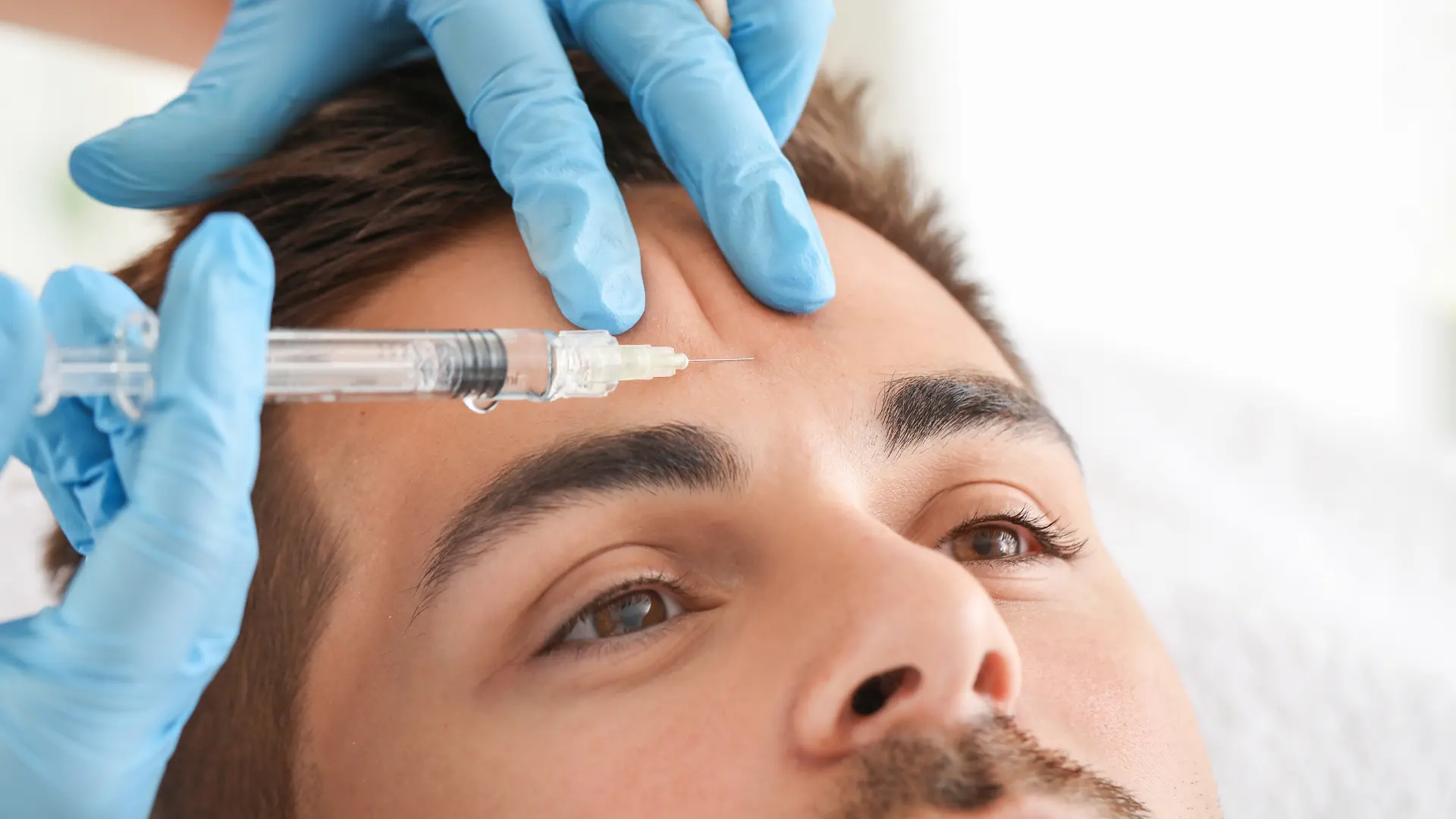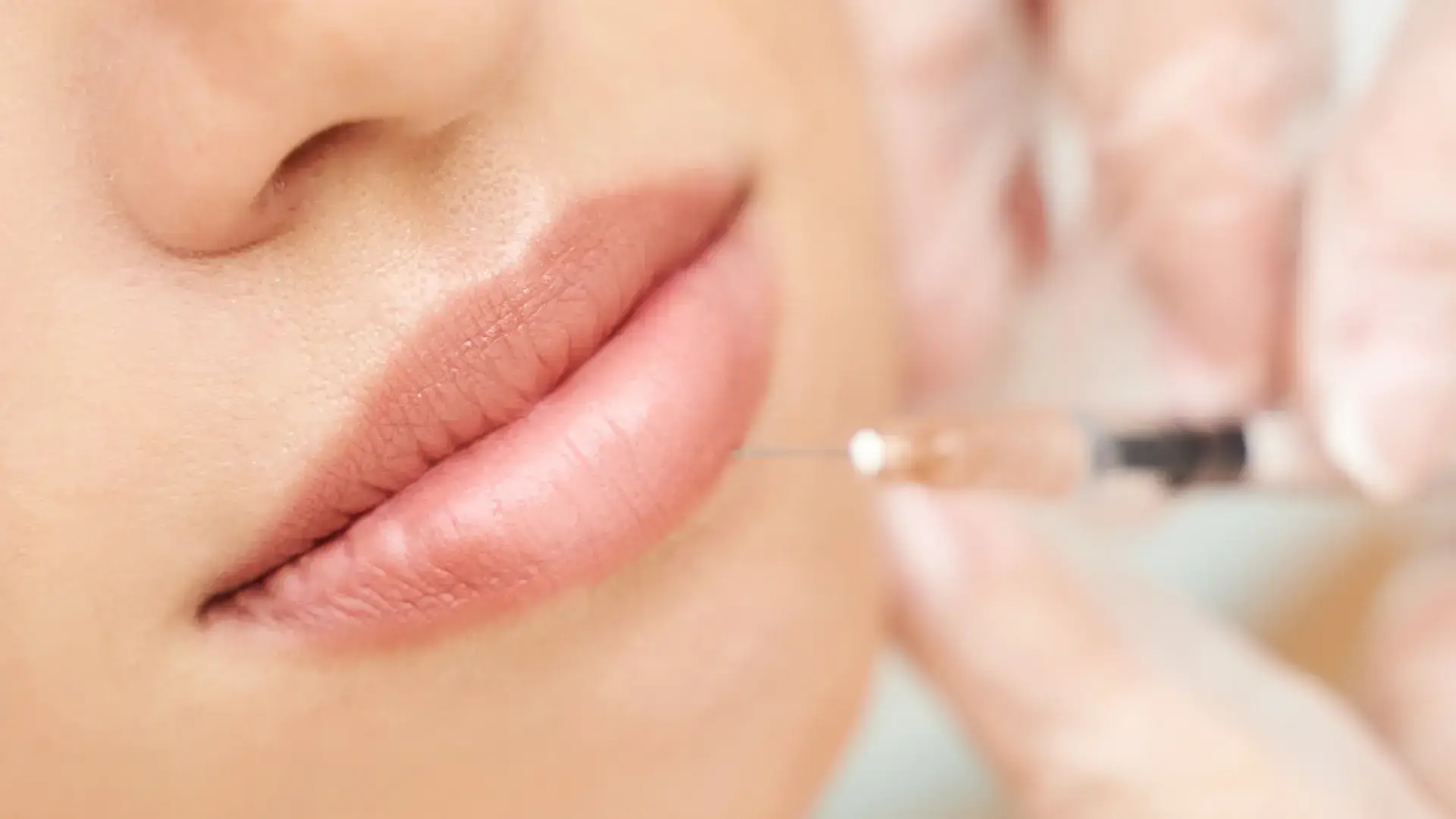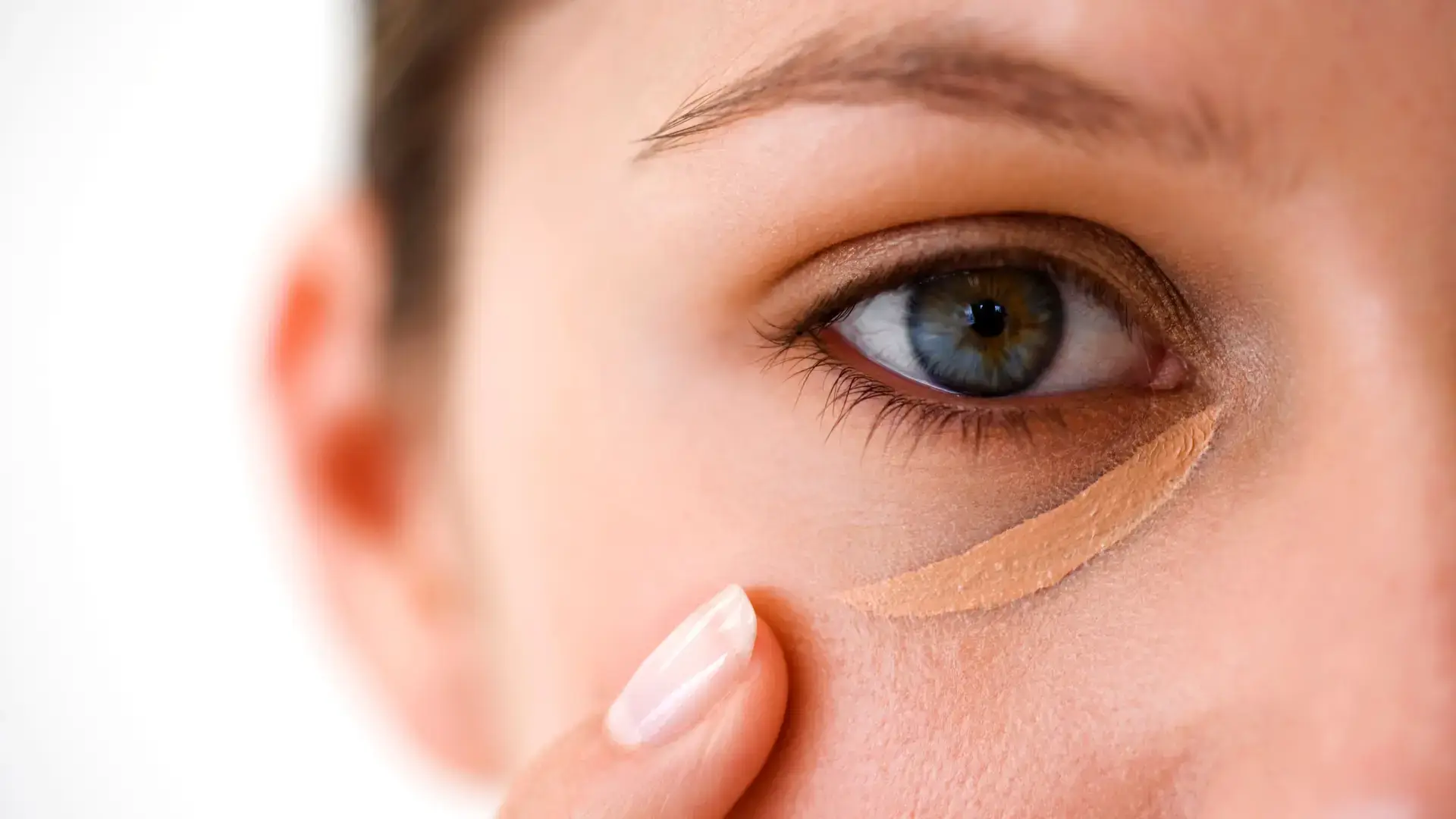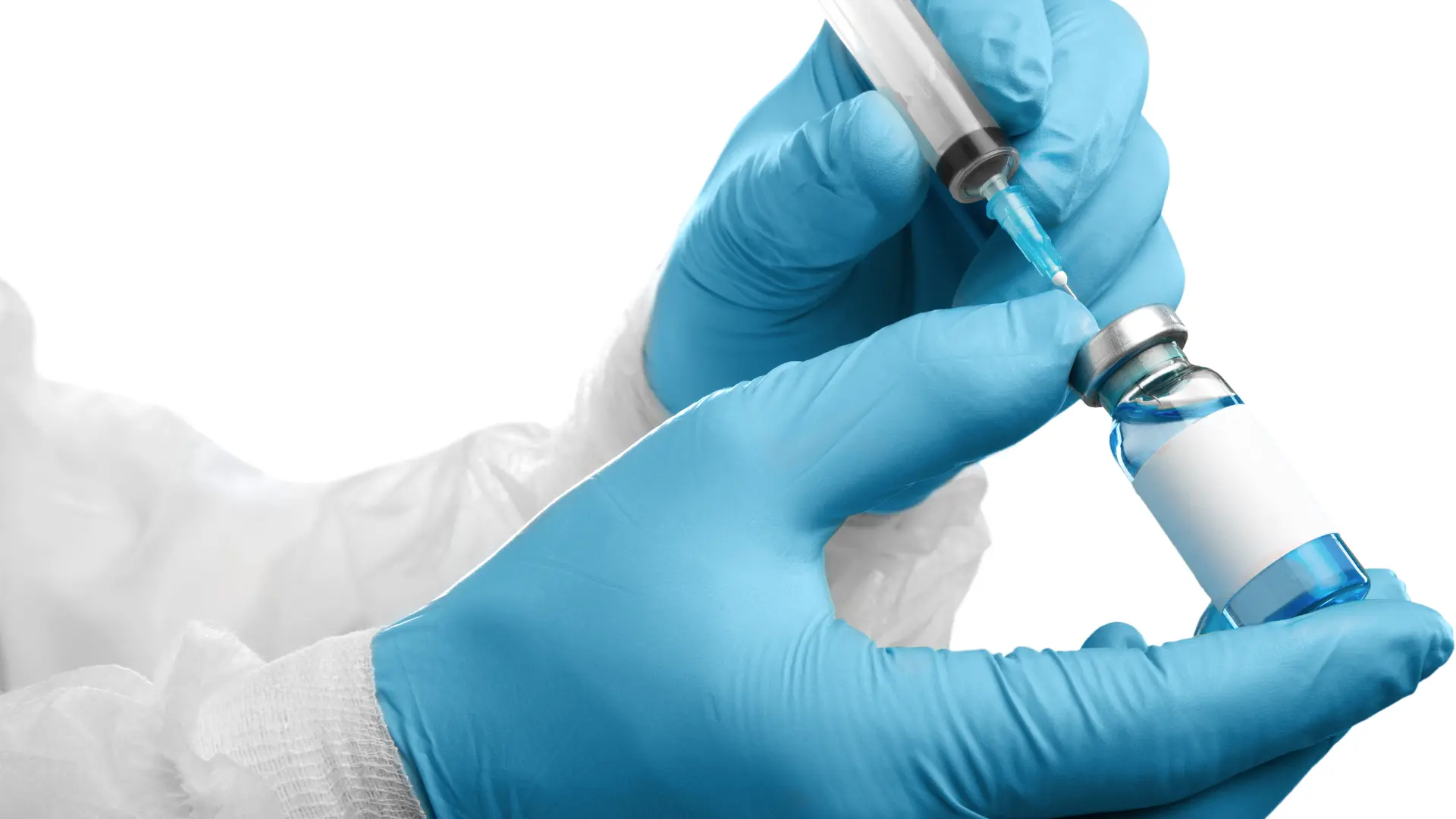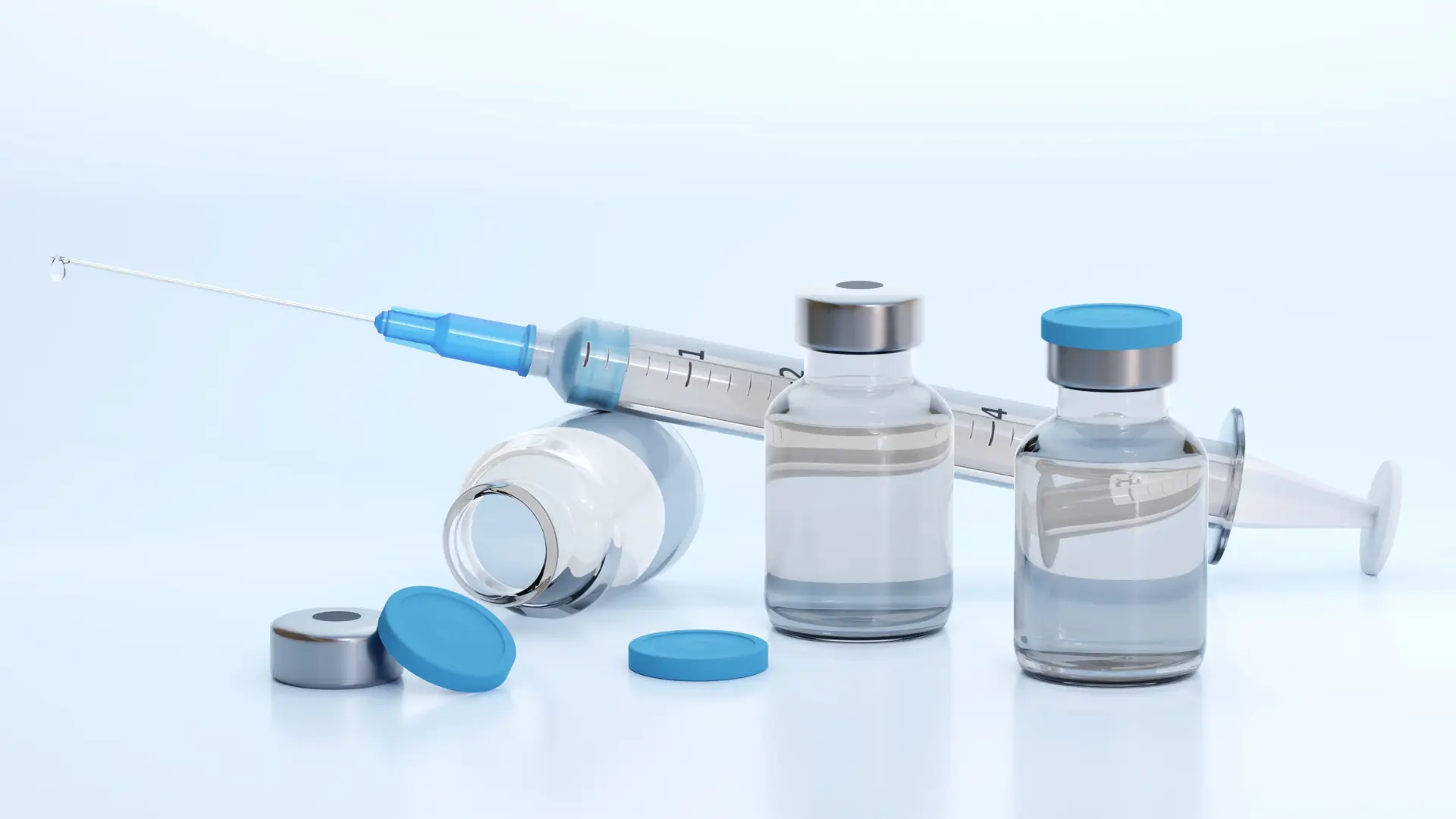Did you know that in 2021, dermal fillers constituted 30% of all non-surgical procedures? The International Society of Aesthetic Plastic Surgery ranks them second among minimally invasive treatments, highlighting the preference of many patients for dermal filler injections to address various skin concerns.
Despite presenting a few side effects, dermal filler injections offer significant benefits, including immediate results and minimal recovery time. Among the array of hyaluronic acid dermal fillers on the market, Revanesse products distinguish themselves. Revanesse meticulously designs its hyaluronic acid injectables collection to target facial skin concerns, providing a distinctive formulation and composition.
This article will explore the common Revanesse side effects, potential rare but serious side effects, and clinical data showing Revanesse’s safety and efficacy.
Key Takeaways
- Aesthetic providers must discuss the potential Revanesse side effects that may occur after patients’ treatments.
- When patients encounter these symptoms or other unexpected side effects, they must seek immediate medical attention or evaluation for prompt management.
- Adhering to the proper administration protocols and patient selection criteria can result in safe and effective treatment.
- Revanesse products have received the approval of the US Food and Drug Administration, establishing their potency and safety for the facial region.
About: Medica Depot is your trusted all-in-one supplier, offering a range of high-quality medical injectables and supplies. Buy Revanesse wholesale at Medica Depot today! Whether for health professionals, plastic surgeons, dermatologists, licensed estheticians, or other specialists, we can offer genuine, brand-name products you may need. With Medica Depot, we prioritize serving you better to improve the patient’s quality of life.
Common Side Effects of Revanesse Dermal Fillers
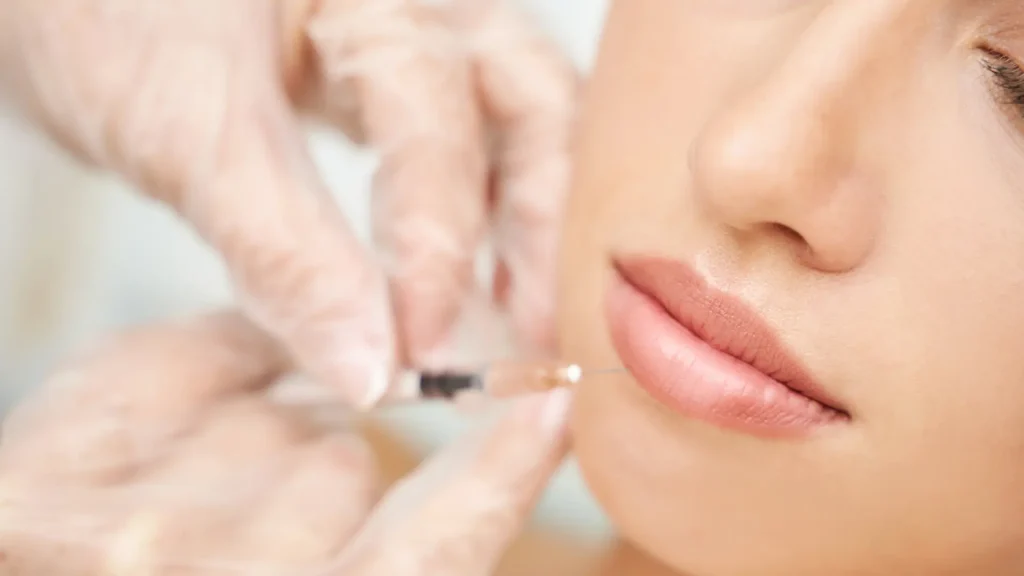
Revanesse products offer a line of hyaluronic acid (HA) dermal fillers that address facial aging signs and lip augmentation with Revanesse Versa+ and Lips+. However, aesthetic providers must discuss the potential Revanesse side effects that may occur after patients’ treatments.
- Localized Swelling: Some patients may experience swelling at the injection site, which typically subsides within a few days. Patients must understand that this is a common skin reaction after injection.
- Redness: Mild redness or erythema may occur quickly after the procedure, resulting from increased blood flow in the treatment area. The redness usually resolves spontaneously within a short time frame.
- Bruising: Another common side effect of injectable treatments, including Revanesse. It occurs due to minor trauma to blood vessels during the injection process and may appear as slight discolorations but gradually fade over time.
Remember that these common Revanesse side effects are generally temporary and mild. Seek medical attention promptly if patients have any concerns or experience persistent symptoms.
Rare but Serious Side Effects of Revanesse Dermal Fillers
Patients must thoroughly consult their trusted aesthetic providers to equip themselves with comprehensive information about the treatment procedure, benefits, and potential risks, including the severe but rare Revanesse side effects.
- Granulomas: Localized inflammatory nodules may occur at the injection site due to the body’s response to the filler material.
- Nodules: Firm, apparent lumps may develop beneath the skin after Revanese injections. They can occur due to the filler’s uneven distribution or inflammatory reaction.
- Allergic Reactions: Although another rare but severe side effect, some individuals may experience allergic reactions to Revanesse ingredients. Symptoms can include redness, itching, swelling, or hives.
When patients encounter these symptoms or other unexpected side effects, they must seek immediate medical attention or evaluation for prompt management. Although these may be infrequent Revanesse side effects, it’s essential to recognize them quickly for proper management.
Importance of Proper Injection Techniques and Patient Screening
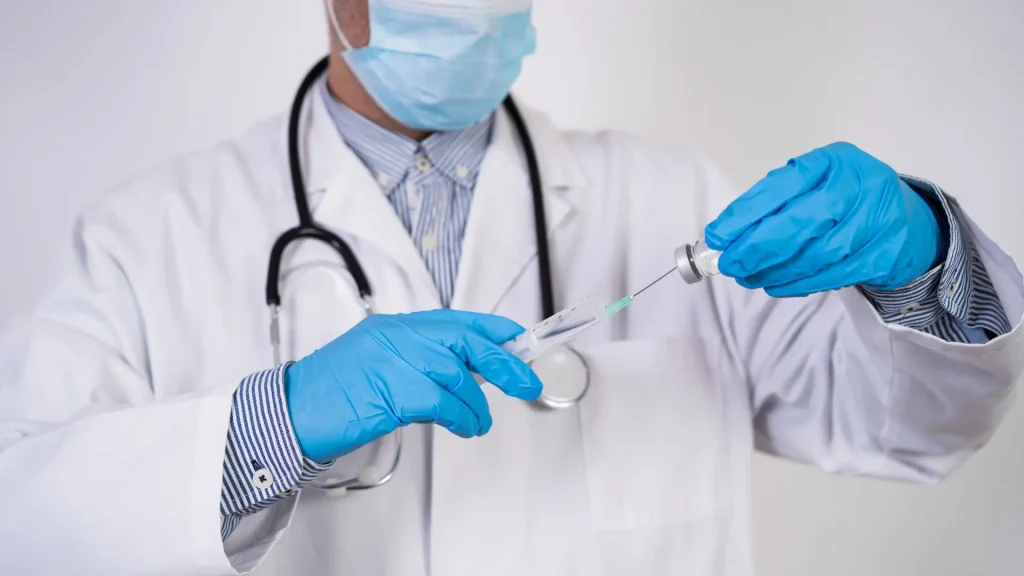
Medical professionals know the best practices for minimizing potential risks. Adhering to the proper administration protocols and patient selection criteria can result in safe and effective treatment. Here are several tips for medical professionals to ensure patient safety.
- Proper Screening: Assessing patient suitability for injections is crucial. Consider factors like patient goals, allergies, medical history, and contraindications.
- Correct Needle, Injection Technique, and Site: Aesthetic providers must use appropriate needle sizes and insertion angles based on patient age, size, and type of injection. They must be well-versed in site selection, needle insertion, and injection technique.
- Patient Education: Educate patients about injection safety, potential side effects, and what to do in case of adverse reactions. Moreover, clear instructions, demonstrations, and materials help patients understand their treatment and make informed decisions.
Adhering to these practices allows aesthetic providers to optimize patient treatment outcomes, minimize potential risks, and provide high-quality patient care.
Managing and Addressing Revanesse Side Effects

Revanesse products have received the approval of the US Food and Drug Administration, establishing their potency and safety for the facial region. Revanesse’s FDA approval has been backed by rigorous and numerous clinical trials to ensure patient safety.
In a clinical study, Revanesse Versa demonstrated non-inferiority compared to the comparator. Notably, the mean change in the Wrinkle Severity Rating Scale was 1.02 with the Revanesse Versa+ treatment and 0.91 with the comparator treatment. These findings underscore Revanesse’s effectiveness in addressing signs of facial aging.
Moreover, a comparative study between Revanesse Lips+ and an approved dermal filler for lip augmentation demonstrated Lips+’s non-inferiority. Multiple analyses corroborated these findings, revealing both treatments’ high success rates and patient satisfaction.
Understanding these clinical studies and Revanesse’s FDA approval allows medical professionals to equip patients with comprehensive information about these dermal fillers effectively. This patient education will enable individuals to make informed decisions for their treatment. Providers can also ensure a higher standard of care with the following:
- Standardization: Implementing clinical protocols enhances adherence to evidence-based guidelines.
- Provider’s Engagement: Involving healthcare providers in guideline development fosters up-to-date protocol treatment and ensures adherence.
- Quality and Safety: Prioritize patient safety and quality over economic considerations when using standardized tools.
Individual results may vary, and patients must promptly discuss their concerns with trusted medical professionals. They can ensure a safe procedure and smoother recovery after their Revanesse treatments.
Conclusion
Understanding the potential Revanesse side effects is crucial for patients considering these treatments. While common side effects are generally temporary and mild, patients must be aware of rare but serious side effects. Seeking immediate medical attention if any unexpected side effects occur is pivotal for prompt management.
Aesthetic providers play a significant role in ensuring the safety and efficacy of Revanesse treatments by adhering to proper administration protocols, conducting thorough patient screening, and educating patients about potential side effects. By prioritizing patient safety and providing comprehensive information, aesthetic providers can optimize treatment outcomes and facilitate informed decision-making for patients seeking dermal filler injections.
FAQs
1. What are the common side effects of Revanesse dermal fillers?
Common side effects of Revanesse dermal fillers may include localized swelling, redness, and bruising at the injection site, which are generally temporary and mild.
2. What are the rare but serious side effects of Revanesse dermal fillers?
Rare but severe side effects of Revanesse dermal fillers may include granulomas, nodules, and allergic reactions, which require immediate medical attention for prompt management.
3. How can aesthetic providers ensure patient safety when administering Revanesse treatments?
Aesthetic providers can ensure patient safety by adhering to proper administration protocols, conducting thorough patient screening, educating patients about potential side effects, optimizing treatment outcomes, and facilitating informed decision-making.
References
- International Society of Aesthetic Plastic Surgery. (2021). ISAPS International Survey on Aesthetic/Cosmetic Procedures performed in 2021. International Society of Aesthetic Plastic Surgery. https://www.isaps.org/media/vdpdanke/isaps-global-survey_2021.pdf
- PMA P160042/S010: FDA Summary of Safety and Effectiveness Data SUMMARY OF SAFETY AND EFFECTIVENESS DATA (SSED). (n.d.). https://www.accessdata.fda.gov/cdrh_docs/pdf16/P160042S010B.pdf
